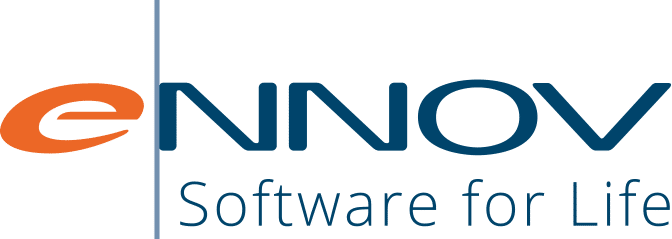Product Management Service (PMS)
The Product Management Service (PMS) is a core element of the European Medicines Agency's (EMA) IDMP implementation. PMS provides a centralized, standardized database for managing medicinal product information across the…
